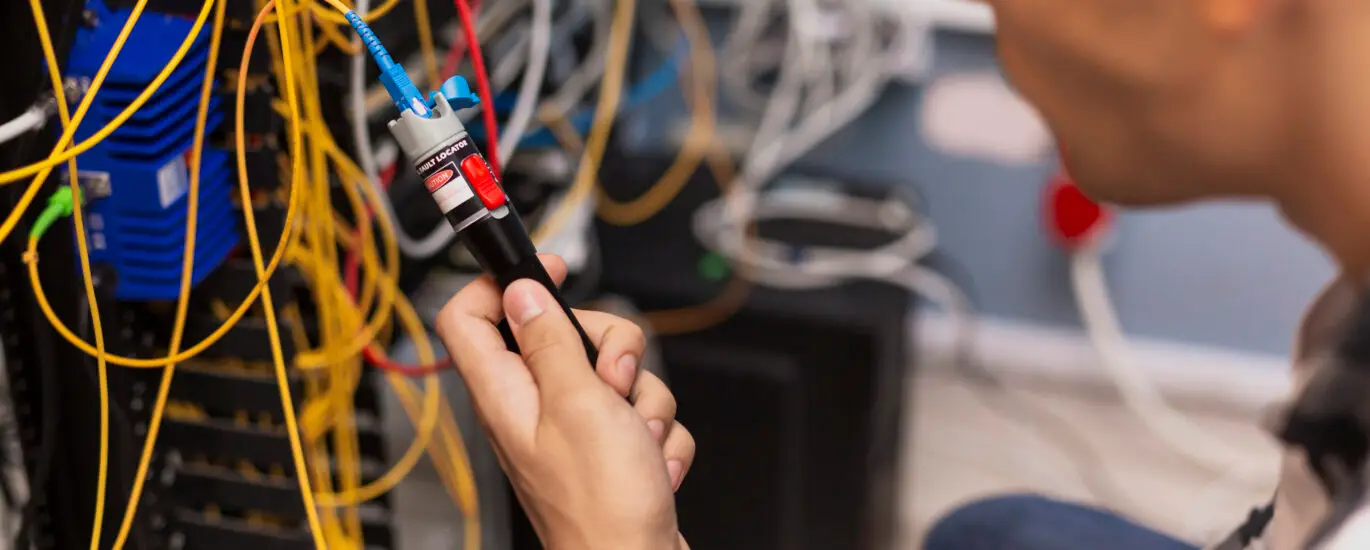What is Fiber Optic?
Fiber optic technology uses glass or plastic threads (fibers) to transmit data. A fiber optic cable consists of a bundle of these thin fibers, each of which is capable of transmitting messages modulated onto light waves.
Fiber optic cables are capable of transmitting data at extremely high speeds, over longer distances, and with less interference than traditional copper cables. This makes them ideal for use in high-speed communication networks, such as the internet and cable television systems.
One of the key advantages of fiber optic technology is its ability to transmit data over long distances without the need for signal amplification. This makes it possible to transmit data over hundreds or even thousands of miles without losing signal strength or quality.
Another advantage of fiber optic technology is its immunity to electromagnetic interference (EMI). Because the data is transmitted via light waves, it is not susceptible to interference from electrical sources, such as power cables or radio frequency (RF) signals. This makes fiber optic cables an ideal choice for use in environments with high levels of EMI, such as near power plants or airports.
Fiber optic technology also has the potential to support higher data rates than traditional copper cables. With advancements in fiber optic technology, data transmission speeds of up to 100 Gbps and beyond are now possible.
In addition to its high-speed transmission capabilities, fiber optic technology is also highly secure. Because the data is transmitted via light waves, it is difficult to intercept or manipulate without disrupting the transmission. This makes fiber optic cables an attractive choice for use in sensitive communication networks, such as military and government applications.
Overall, fiber optic technology offers many benefits over traditional copper cables, including high-speed transmission, long-distance capabilities, immunity to EMI, and improved security. As a result, fiber optic technology is increasingly being used in a wide range of communication applications, from the internet and cable television to military and government communications.



